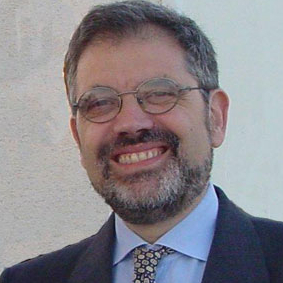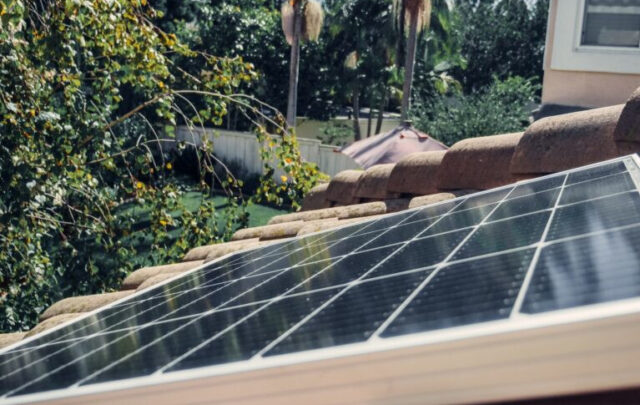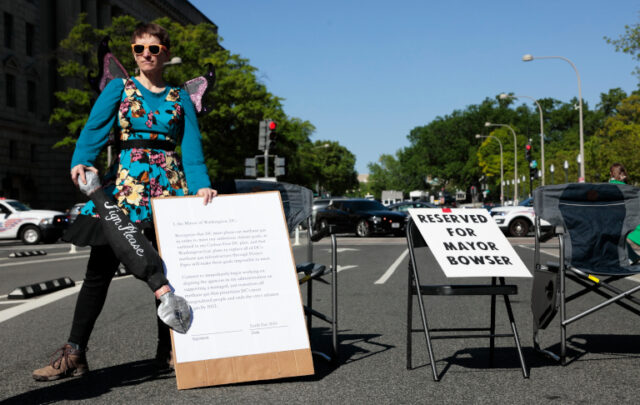Our paper on "The Sower’s Way" has been published in the IOP Environmental Research Letters journal. It is an attempt to quantify the physical limits of the energy transition from fossils to renewables.
The title of the article takes inspiration from a strategy well known to ancient farmers, the fact that they had to save something from their current harvest for the next one; it is the origin of the common saying "don’t eat your seed corn!"
Starting from this ancient wisdom, we performed a quantitative calculation of how much "seed" we need in the form of fossil fuels in order to have enough energy to build a new "harvest" of renewable energy that can replace the old one. All that without emitting so much CO2 that we would go over the 2°C limit and without anyone being left out.
Of course, it is a calculation that depends on a lot of debatable parameters, but we did our best to remain within realistic consideration, without asking for technological miracles or drastic reductions in the human population. We just assumed current technologies and that the population curve would follow the UN projections. At the same time, we recognize that perpetual growth is a dream that only madmen or economists can think as possible. We assumed that humankind would gradually move toward a stabilization of the economy and of the population on a level of per capita energy sufficient to survive.
It is possible, here are the main results from the paper
You can see how we assume a rapid growth of renewable energy, built up in the beginning using fossil energy but, in the later stages of the transition relying on renewable energy to continue the process, while phasing out the fossil fuels which are completely abandoned by around 2060. In this scenario, emissions do not go over the COP21 limit.
So, our calculations don’t confirm the pessimistic assumptions of those who see humankind as doomed. At the same time, we don’t confirm the overoptimistic assumptions of some people who see the transition as easy. It will not be. If we want it, we have to pay a high price for it and to start paying right now. We need to step up investments in a new energy infrastructure of at least an order of magnitude. Not easy, considering the state of the debate, but not impossible, either. It is a big challenge, but there is still a chance for a better future for everyone if we want to take it.
The paper is open access on IOP Environmental Research Letters. Comments on this blog are welcome.







